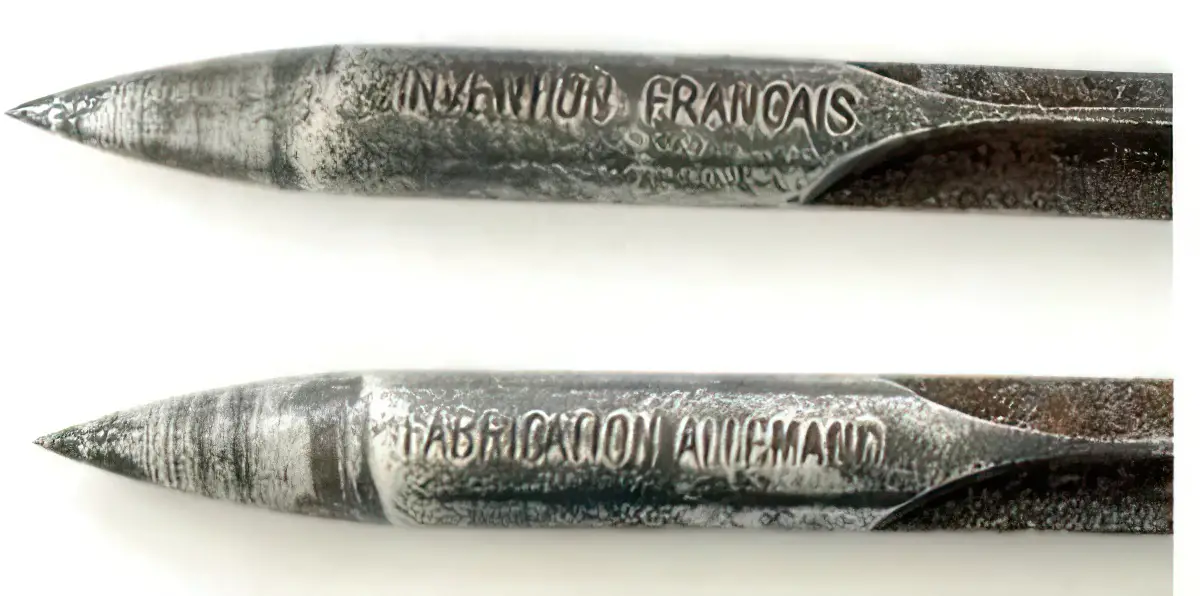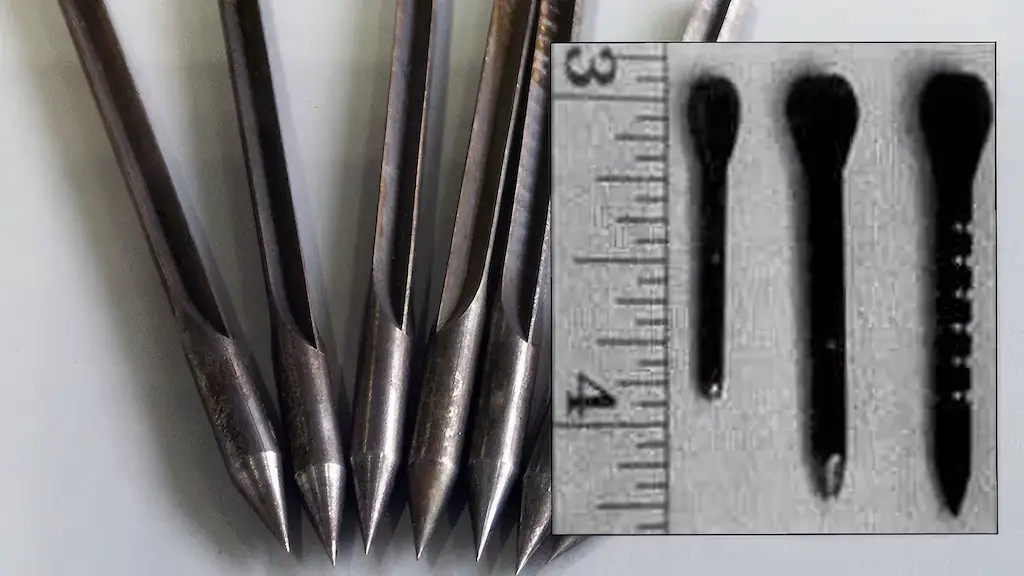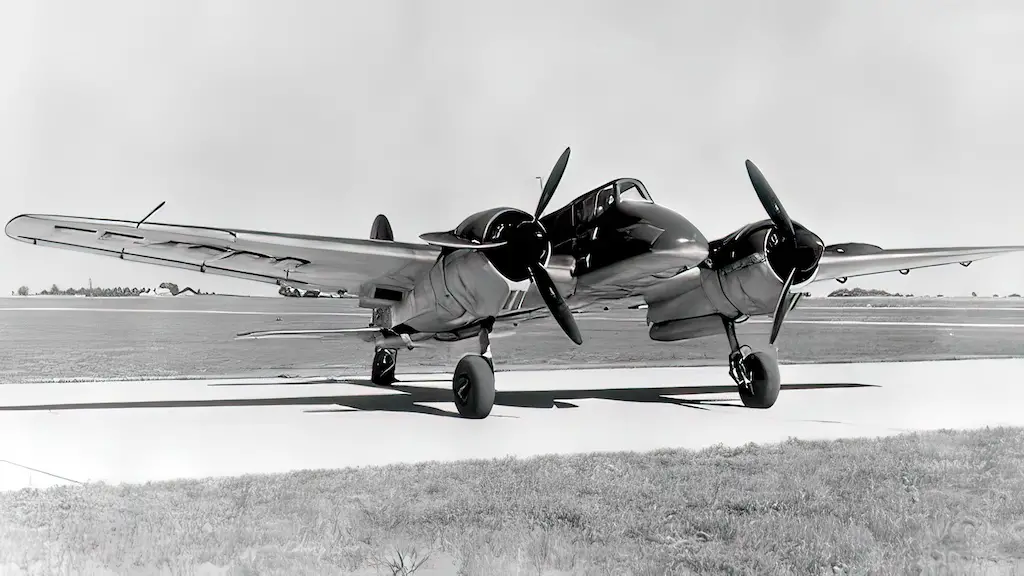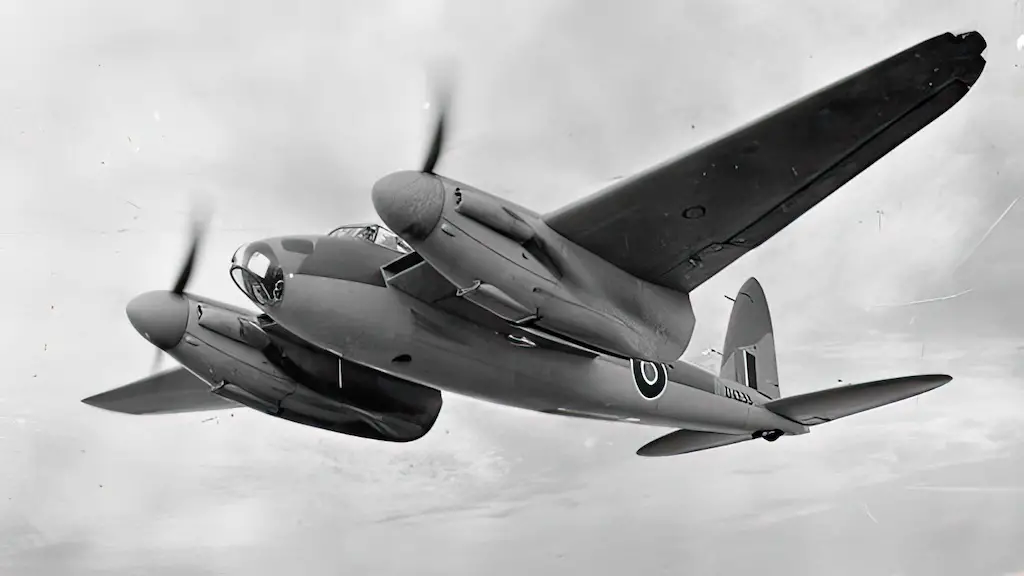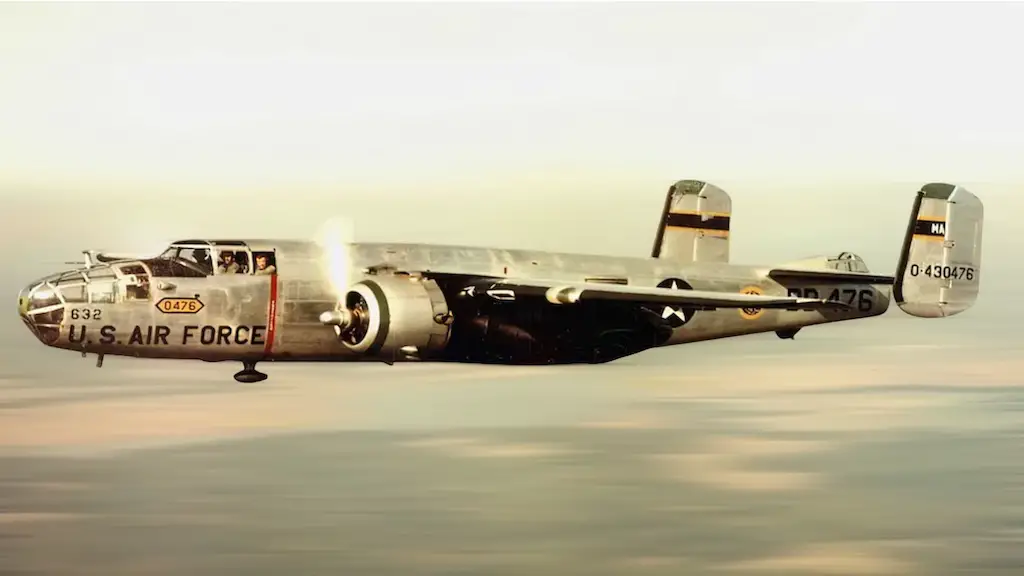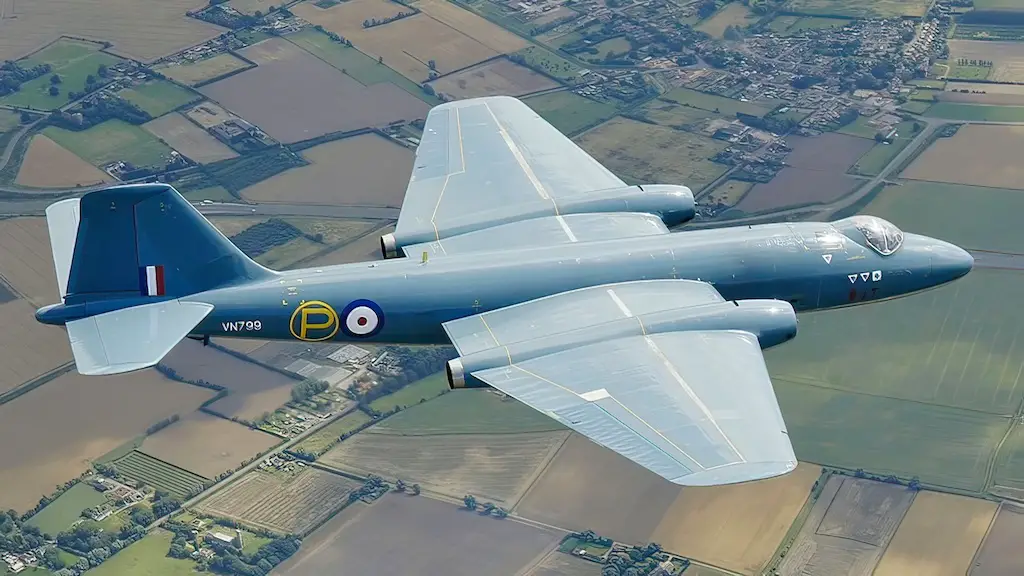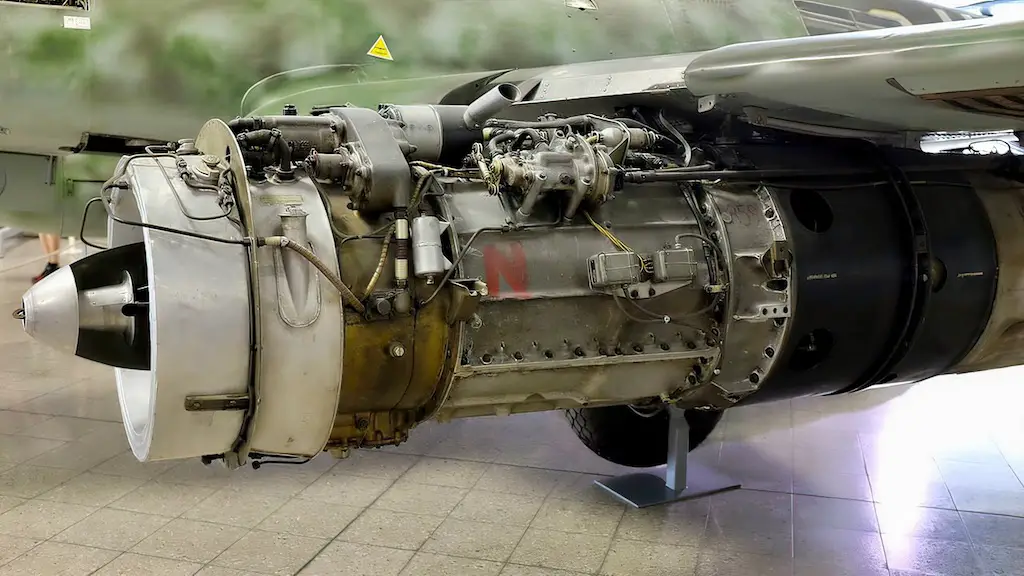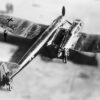When aviation was rushed into the battles of WWI in ever increasing numbers, it wasn’t immediately clear what types of weapons would be the most effective in air-to-ground or air-to-air combat. Ordnance manufacturers and airmen experimented a lot to find that out. One way to go was to hurl explosive charges at the enemy. Another—to use plain old ballistic weapons. Dropped from an airplane or airship, they gained huge kinetic energy by the time they reached ground. Among such weapons were flechettes, dart-like projectiles released from aircraft in hundreds. They also had air-to-air attack versions.
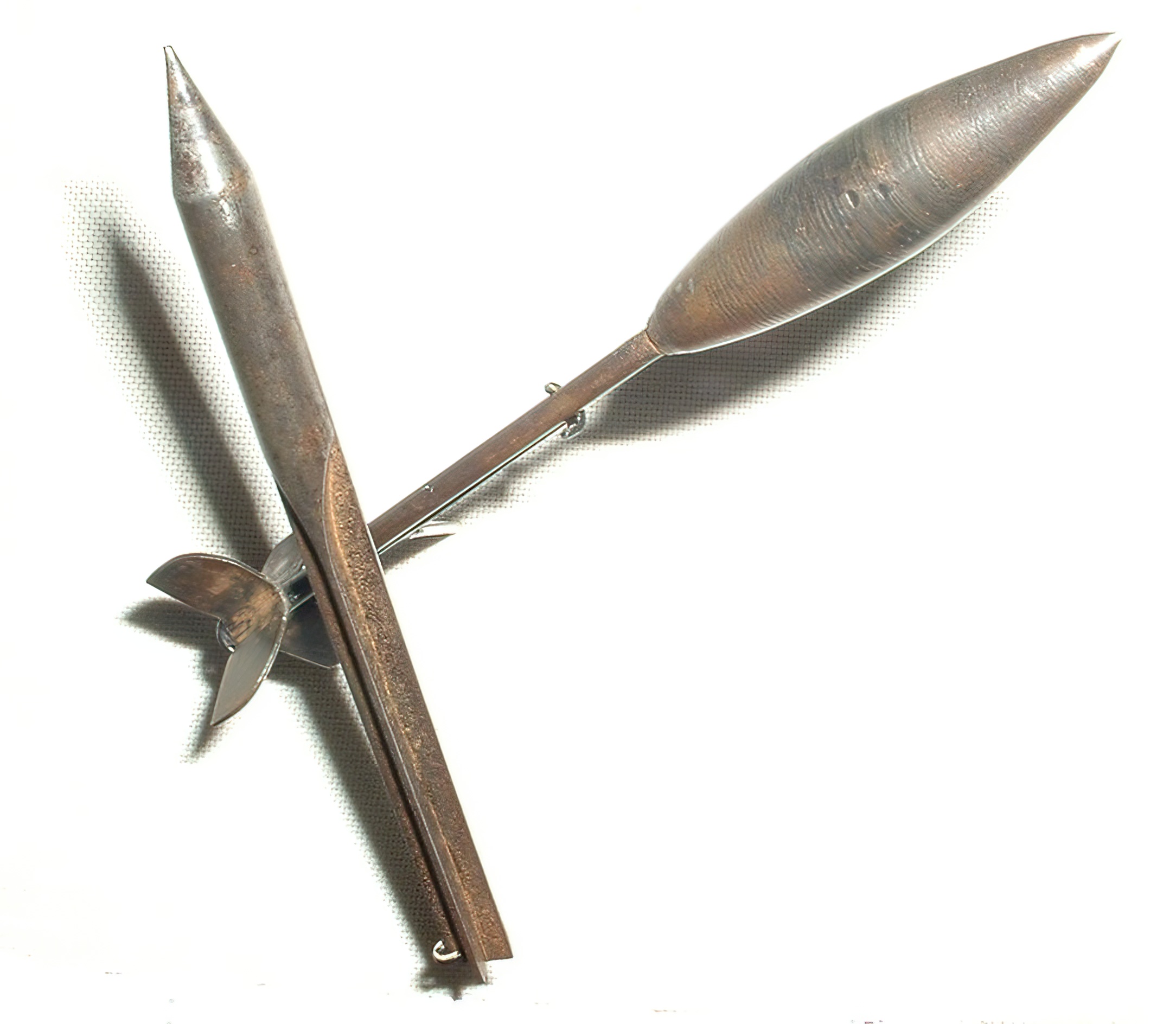
Five inches of flying death
Flechettes were, essentially, steel rods, usually about five inches long. For the most part of their length, except the sharpened tip, they had a cruciform cross-section formed by fins for in-flight stabilization. There were some more intricate designs as well. Flechettes were packed in canisters containing dozens to hundreds of darts, attached to the bottom of the fuselage, and dispensed when the pilot pulled a control wire from the cockpit. Dropped from around 5,000 ft, they covered an area of hundreds of square yards in one strike. A single pilot would sometimes drop thousands of flechettes on a single day.
The weapon was most probably invented in Italy, but first actively employed by the French. Hence, Germans provided some of their darts with a jocular inscription “Invention Français, Fabrication Allemand” (“invented by the French, produced by the Germans). Flechettes were also in use by the British.
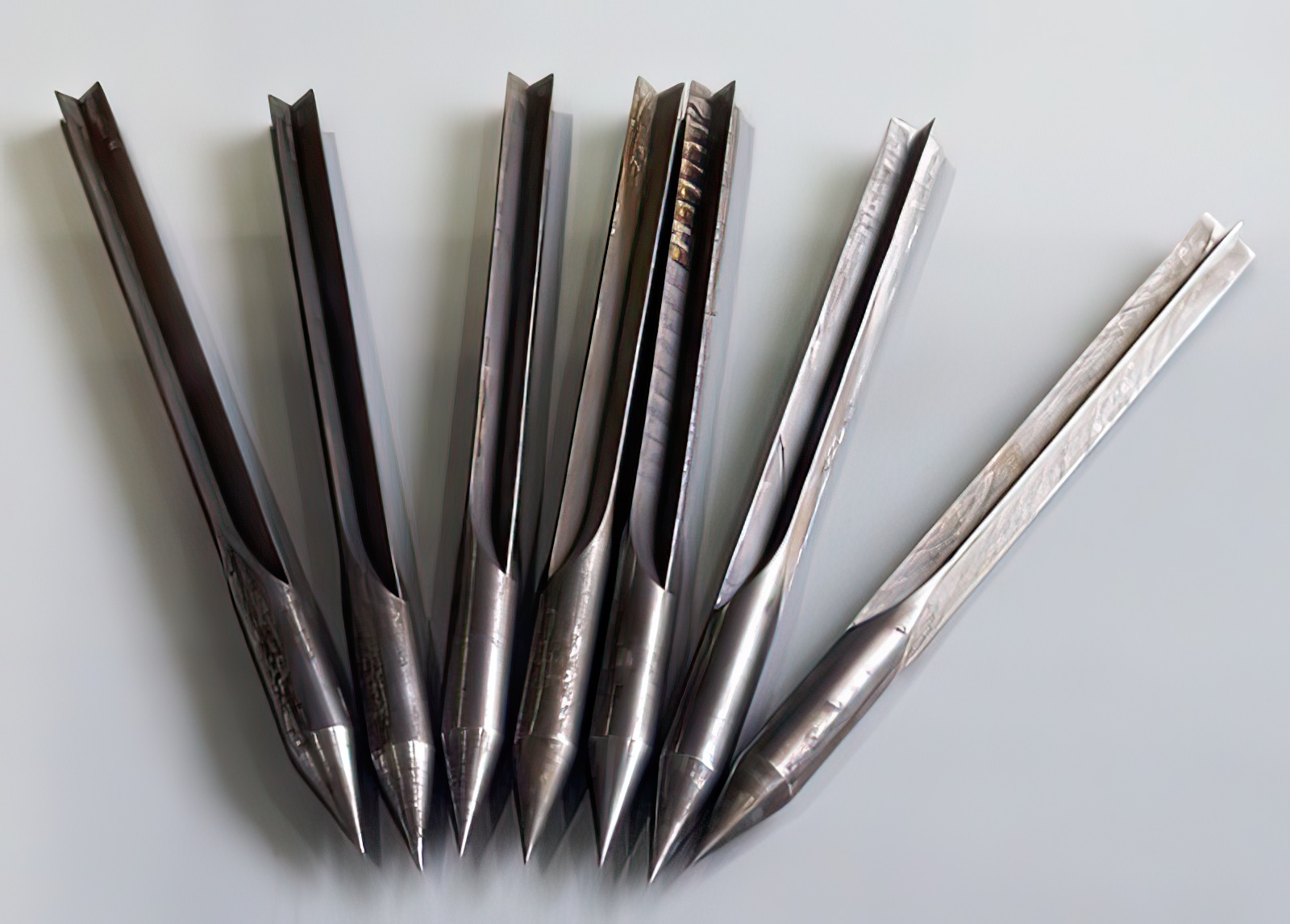
Were they efficient?
Flechettes were, for sure, a deadly weapon. They could pierce steel helmets and armor, kill or severely mutilate soldiers and cavalry horses, inflicting especially deep wounds. However, they weren’t really efficient. Even by WWI standards, this was a low-precision weapon. Consequently, they were mostly out of use even before the war ended. It seems that aerial darts saw the most intensive use around 1915, that is quite early in the war.
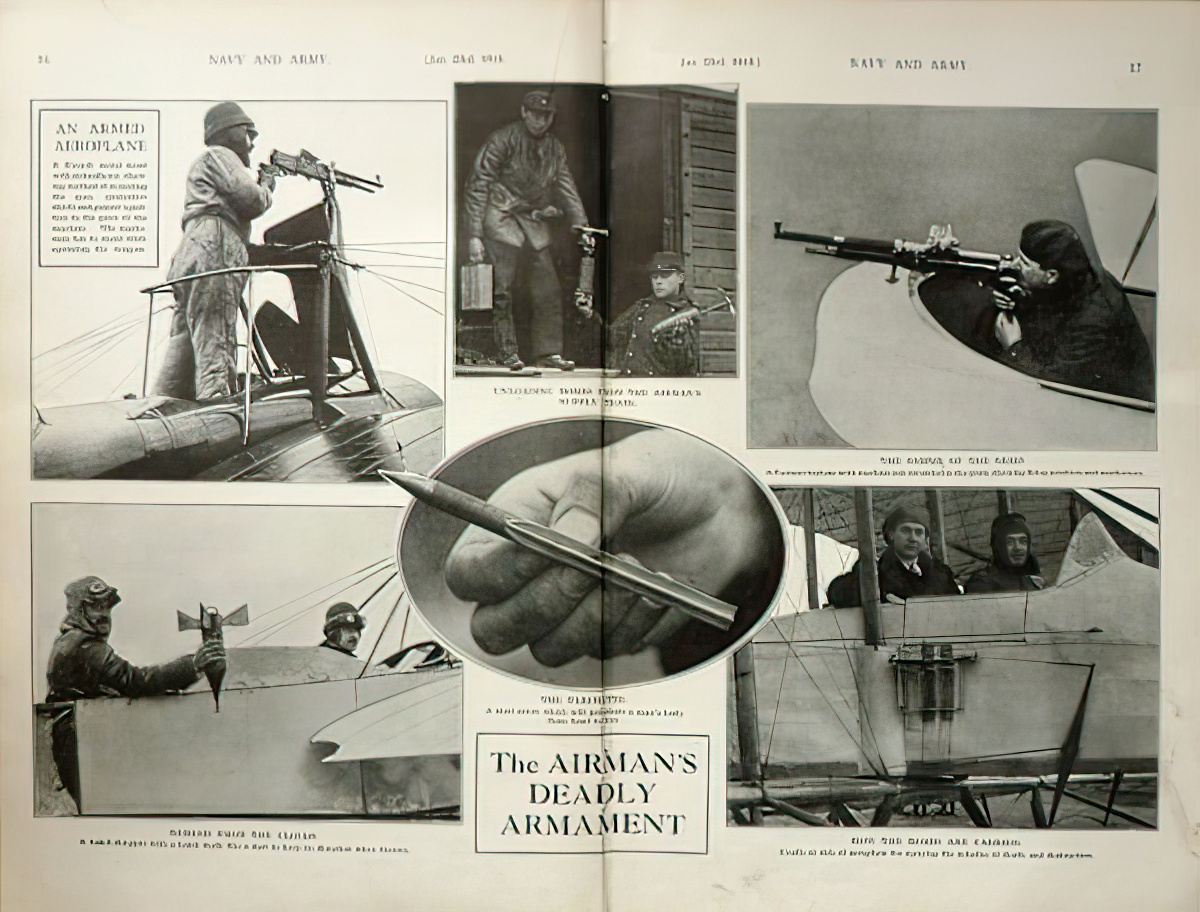
An air-to-air weapon
At some point, flechettes of a special design were even used as primary air-to-air missiles targeting airships. These were longer and thicker, and literally feathered, with a bundle of bird feathers attached to the rear end as stabilizers. These darts’ total length exceeded 15 in. However, flechettes were not very efficient in this role either, failing to cause much harm to airships even when hitting them. Incendiary weapons eventually proved to be much more effective against airships and balloons than flechettes.
